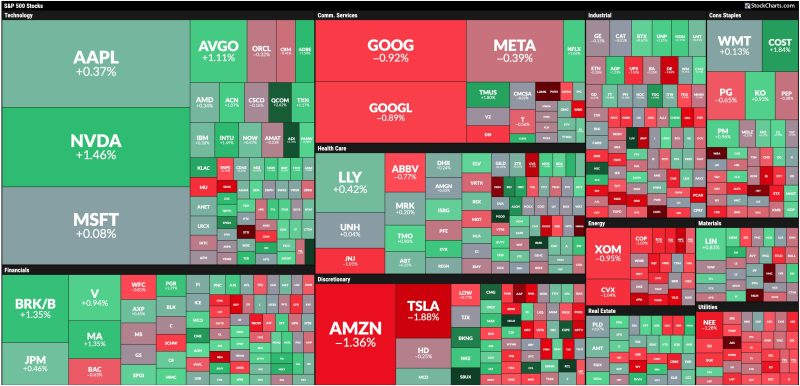The Financial Sector: A Pillar of Stability in the Stock Market
The financial sector plays a key role in the stock market, often serving as a barometer for the overall health of the economy. For investors looking to make strategic moves in the market, understanding the dynamics of the financial sector is crucial.
In times of economic uncertainty, financial stocks can be particularly volatile. However, they can also present significant opportunities for savvy investors. The sector includes a wide range of companies, including banks, insurance companies, investment firms, and more. Each of these sub-sectors can be influenced by different factors, so it is important to analyze them individually.
Banks, for example, are highly sensitive to interest rate changes and economic conditions. When interest rates are low, banks may struggle to generate profits from lending. Conversely, when rates rise, banks often see an increase in their net interest margins. Understanding the Federal Reserve’s monetary policy and its impact on interest rates is crucial for predicting the performance of bank stocks.
Insurance companies, on the other hand, are influenced by factors such as catastrophic events, regulatory changes, and investment performance. Natural disasters, for instance, can lead to significant insurance claims and impact the profitability of insurers. Additionally, changes in regulation can affect the competitiveness and profitability of insurance companies.
Investment firms, including brokerage houses and asset management companies, are affected by market trends and investor sentiment. A strong stock market performance can lead to higher trading volumes and fees for brokerage firms. Asset managers, meanwhile, rely on strong investment performance to attract and retain client assets.
Overall, the financial sector is a pillar of stability in the stock market, providing essential services and products to individuals and businesses alike. By closely monitoring the various sub-sectors within finance and understanding the factors that drive their performance, investors can make informed decisions and potentially capitalize on opportunities for significant returns.
